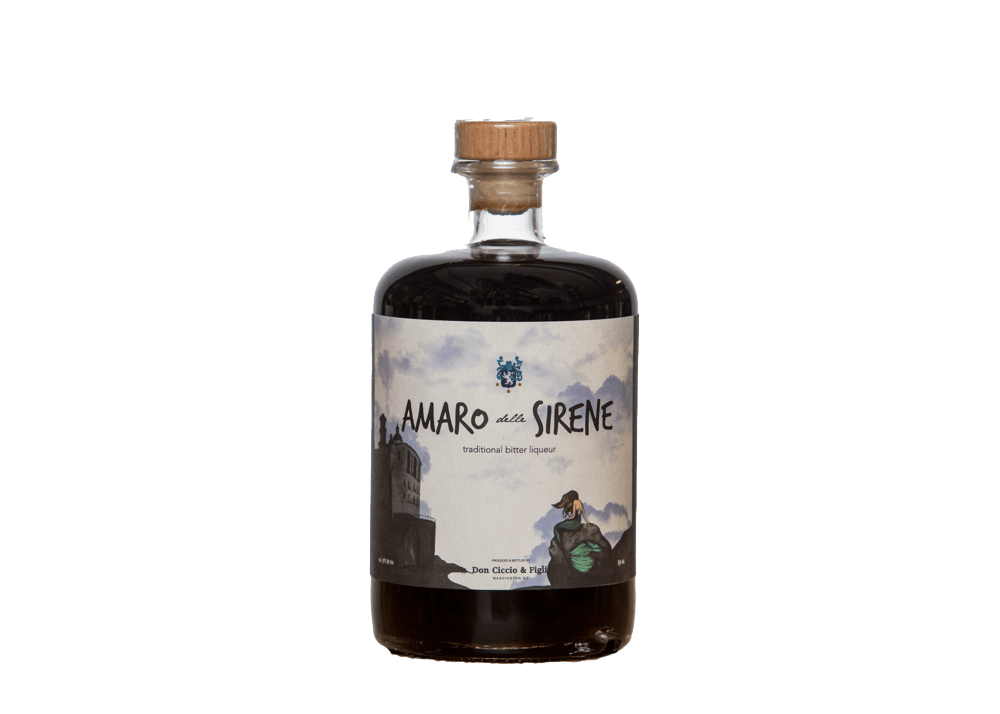2022 Spirits Trend Report: A Closer Look at Italian & Italian Style Spirits
Talking about drinking Italian is a lot like talking about eating Italian. Both the spirits and the food tend to be vibrant in color and flavor and tied to seasonal and regional ingredients. We talked to two Italian spirit experts about what to expect from the category in 2022, and their answers mirrored many trends we’ve seen in pandemic era food and dining.
Ingredient Driven Spirits
David Curiel, National Spirit Specialist for Oliver McCrum Wine and Spirits, a company that seeks out and imports small brands from Italy, says “It’s a very ingredient-driven time and people are coming to me for new expressions, new colors to paint with.” The products he shares are made by “people that are practicing traditions of making things with herbs that are indigenous to the specific region. We seek out Amari that tells a story about regionality. From the Alps or the Dolomites, you get influences of mountain flavors like mugo pine, eucalyptus, wild thyme, gentian. Then in the south [of Italy], you have a citrus-driven thing because it’s a hotter climate, brighter colors, brighter flavors.”
What’s Old is New
Francesco Amodeo, Founder of Don Ciccio & Figli in Washington DC, who makes an extensive line of traditional Italian digestivi and apertivi from local ingredients like artichokes, fennel, and rhubarb, adds that “a lot more bartenders are trying to support smaller local businesses, who are producing things that are actually pretty delicious, and to showcase how versatile these ingredients are…a lot of people in America are starting to drink better and they want to know what’s inside and how its made.” Amodeo specifically mentions Faccia Bruto Spirits, a company out of Brooklyn making traditional Italian formulations like a red bitter apertivo and an Alpine amaro. “A lot of obscure old style amari are coming out,” he adds, ones that were previously only available in the small towns in Italy where they originated, often from those foraged or locally cultivated herbs and botanicals. Curiel agrees. “People are drinking more intelligently and have come to expect an alternative to the big brands.”
Specific examples of these locally sourced and produced spirits include Mirto, a traditional liqueur from Sardinia made from myrtle berries, and Nocino, a walnut liqueur. Amodeo makes a fantastic version which is currently in very short supply due to increased interest. Curiel represents “a nocino from Modena where it’s a drinking tradition..and it has its own cottage market” and expects demand to continue its recent uptick. As for herbal expressions, says Curiel, “Genepy is having a moment.” Made from a form of wormwood called artemisia native to higher elevations like the Val d”Aosta region, the liqueur is most often taken as a digestivo in Italy, but has become a bartender’s darling for its uniquely herbaceous flavor. Centoerbe, Italian for “100 herbs,” a digestivo category that calls out genepy as one of its many botanicals along with thyme, mint, chamomile, lavender, and warm spices, was mentioned by both Amodeo and Curiel, who described it as “a low abv version of chartreuse.”
Cocktails
As for cocktails, Curiel says centoerbe makes a fabulous highball with tonic and lime. He adds, “People are drinking spirits [at home] in a simpler way, realizing you can just add two things together” to make a nice drink.
Home bartenders are also continuing to hop on the lower ABV cocktail trend and using traditional European spirits to create them. Low ABV cocktails featuring sherry and vermouth, says Curiel, “have been around for hundreds and hundreds of years, but they are coming back around,” and red bitter apertivi and amari are easy and elegant additions to dryer, more sophisticated cocktails.
Overall, the Italian spirits category is broadening as consumers delve more deeply into the traditional and innovative offerings within. “We are looking more to a healthy investment when we spend our money,” says Amodeo. “We are drinking good stuff and eating good stuff and both go together very well.”



